“NGIYAANI” Gunnedah Field Day 3rd November 2024
“Ngiyaani” Field Day was initiated by landowners Peter Long and Sarah Ferguson. This property was described previously as "The most degraded land in the Namoi Valley" in 2007. Peter and Sara have developed it over time using low input cost regenerative strategies. They aim to have 100% ground cover across all seasons, and produce Lowline Angus cattle being sold directly to a specialist butcher (“Feather & Bone”, Sydney) at an excellent profit.
Peter freely shared his knowledge and practice of Disruptive Adaptive Multi-Paddock Grazing Management, based on avoiding repetitious grazing patterns using electric fencing. George Truman demonstrated simple ways of measuring feed density. Peter also demonstrated his simple and effective way of making, crushing and feeding biochar to livestock. The making and storing of Johnson-Su Compost over a 12-month period was demonstrated and how the final extract is applied to pasture.
Prior to the day, Peter collated a range of online references on each subject, which were supplied to the participants prior to the day.
Feedback from the 23 participants on the information supplied and the manner in which the day was run was positive, and an expected outcome
may the establishing of a “cuppa chat” group with those from the area.
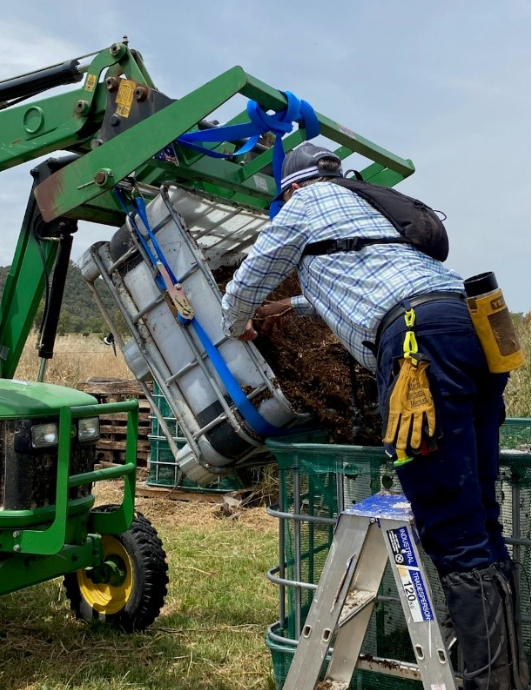
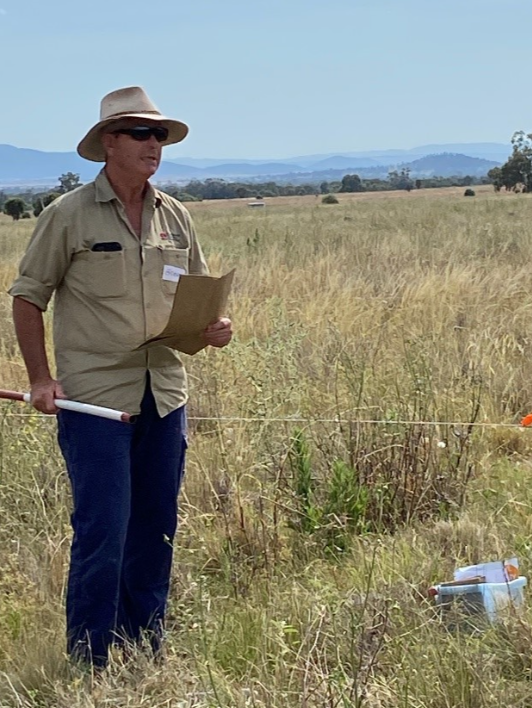
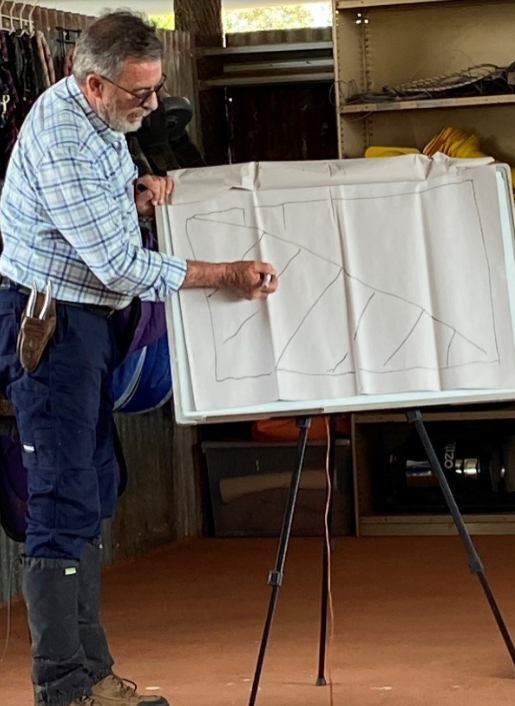
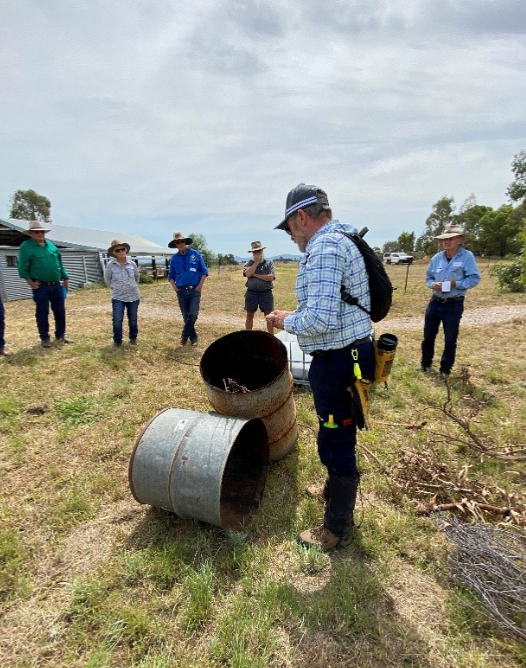
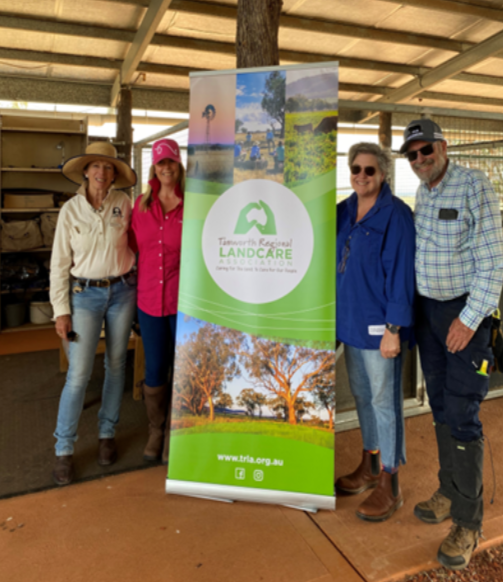
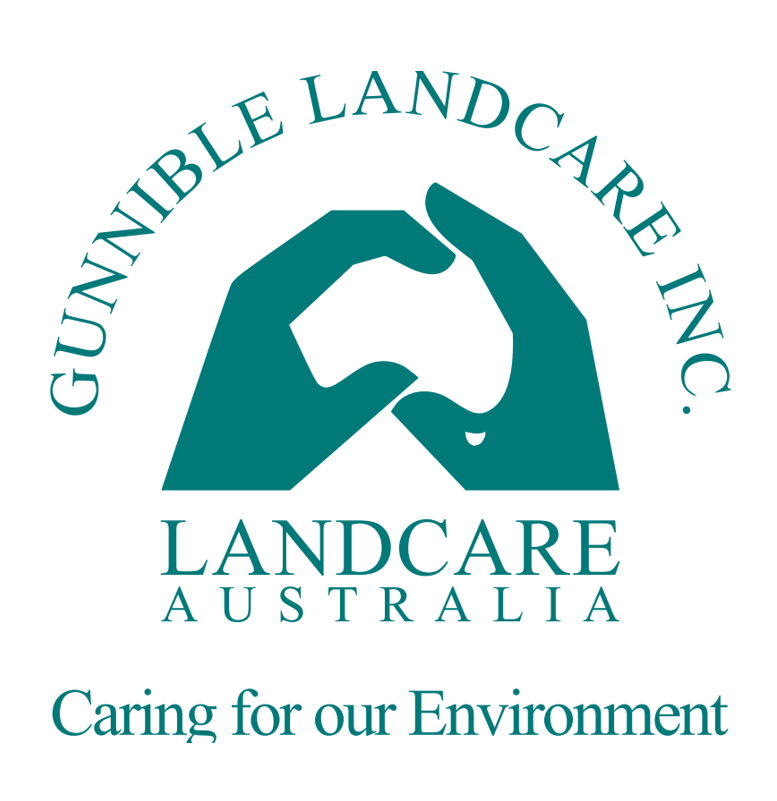


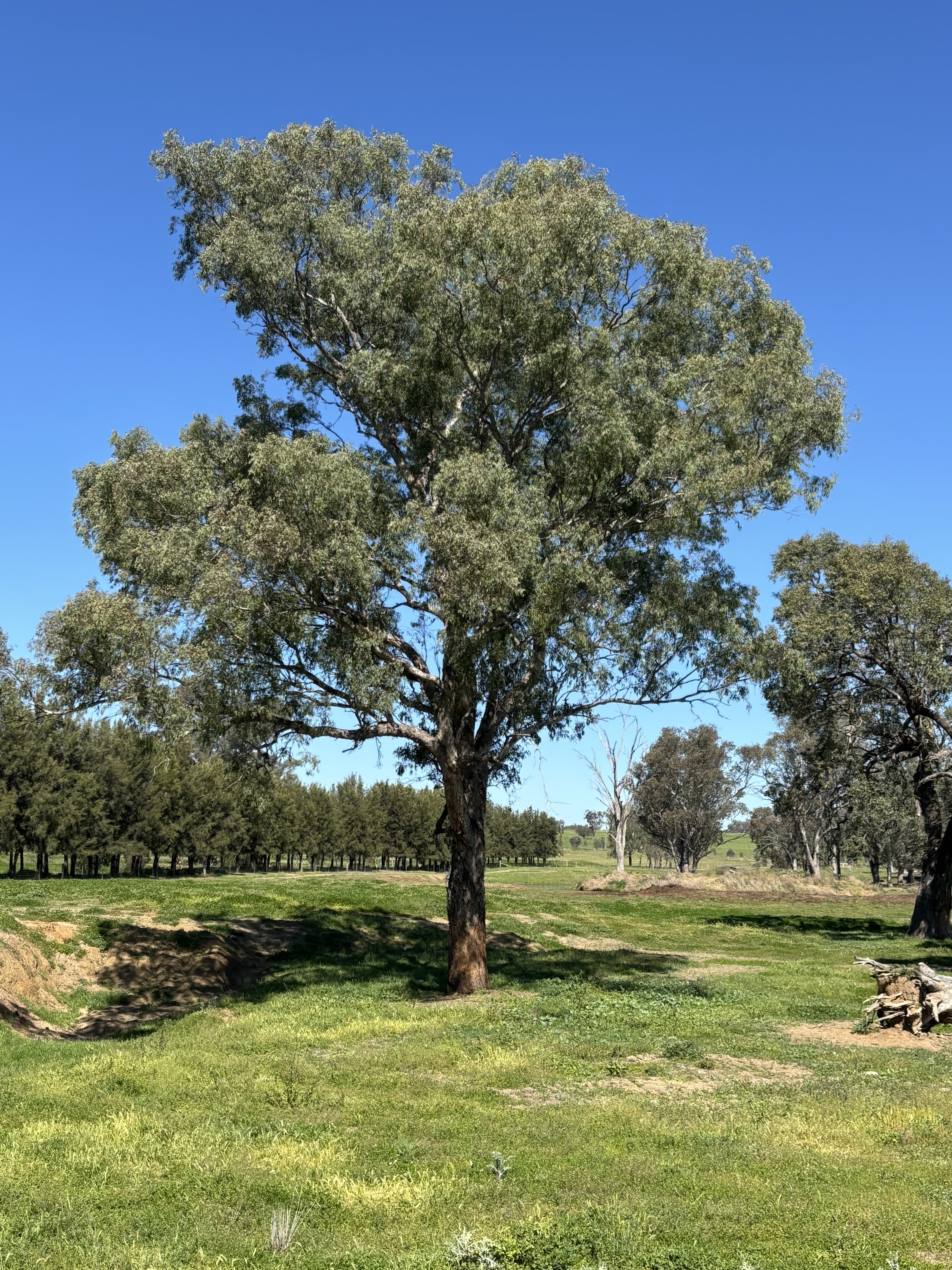
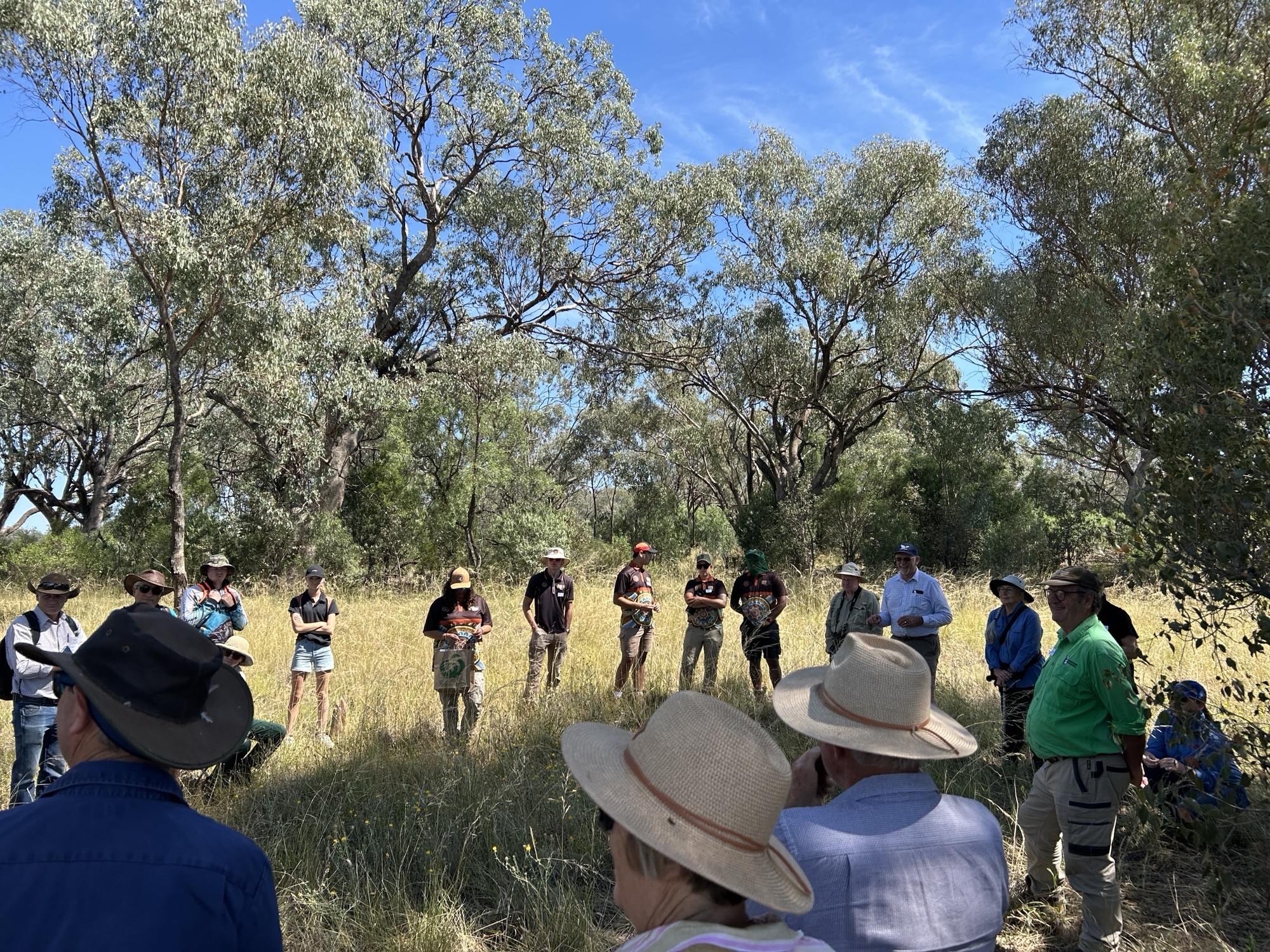
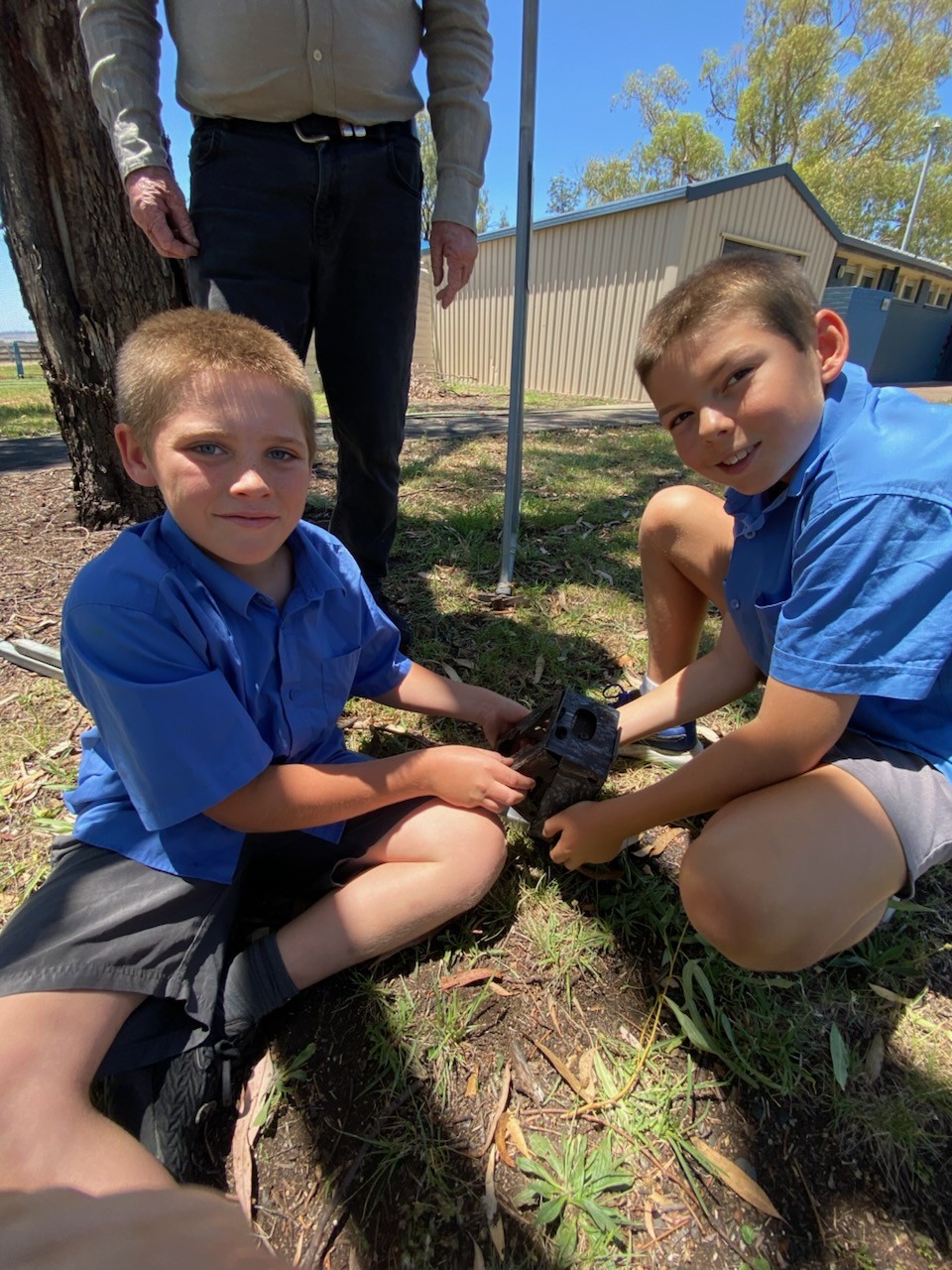

.png)
